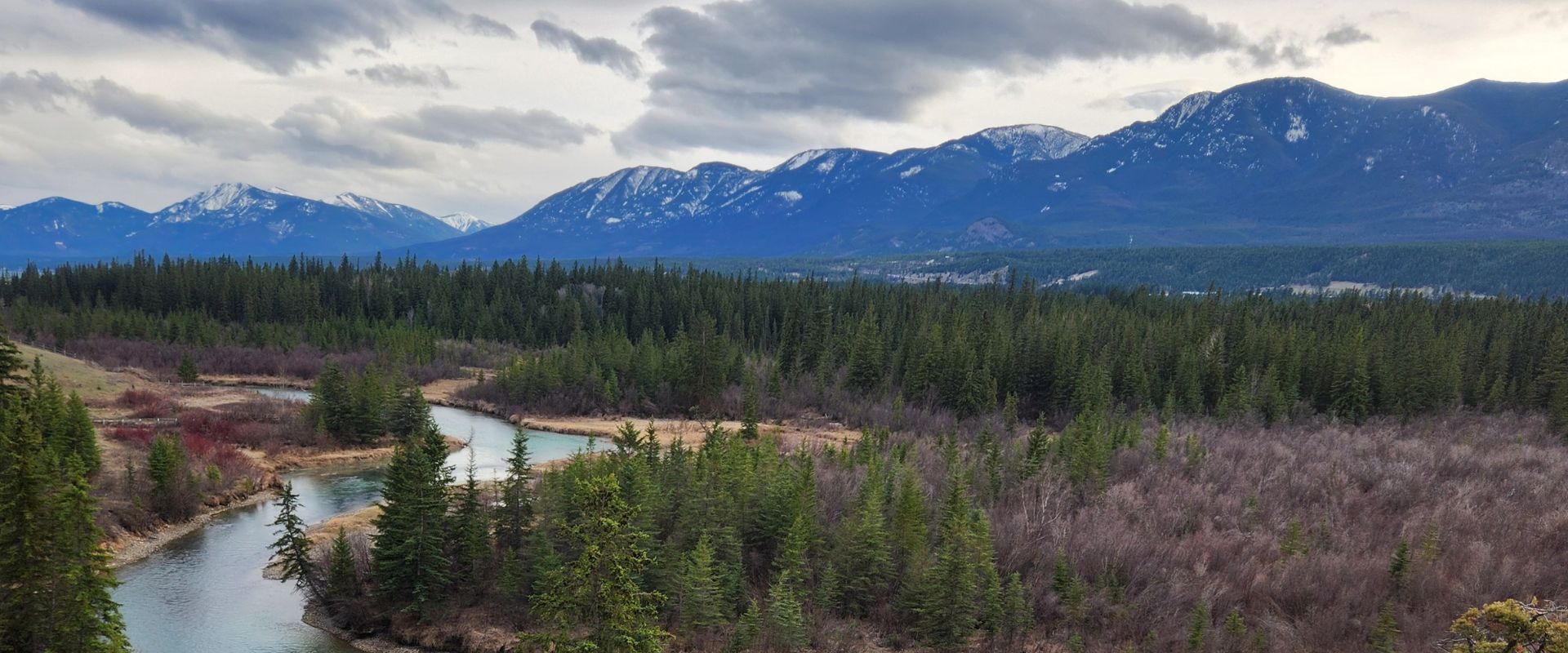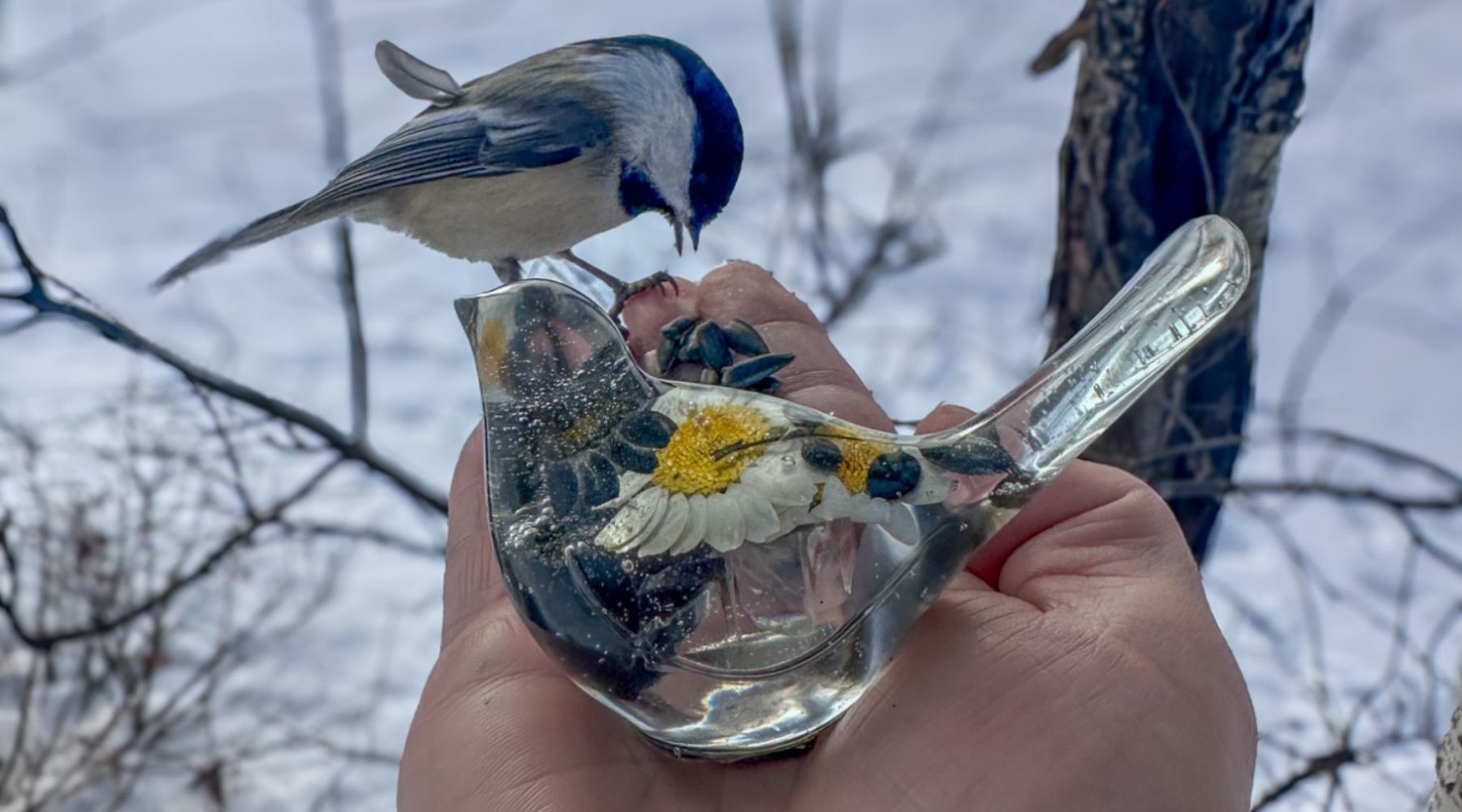
Fall Bird Migration in the Columbia Valley: A Season of Change
The Columbia Valley in British Columbia is a spectacular corridor for bird migration, and fall brings some of the most dramatic changes in our feathered population. As the seasons shift, we witness an incredible transformation in the birds that call our valley home, even if temporarily.
The Great Migration Begins
As summer fades into autumn, the Columbia Valley becomes a bustling highway for migrating birds. The cooler temperatures and shorter days trigger an ancient instinct that sends millions of birds on their journey south. Our valley, with its diverse habitats ranging from wetlands to mountain forests, serves as a crucial stopover point for many species.



Hummingbirds: Tiny Travelers
Among the most remarkable migrants are our hummingbirds. These tiny powerhouses, weighing less than a nickel, embark on journeys that can span thousands of miles. The Rufous Hummingbird, in particular, makes one of the longest migrations relative to body size of any bird in the world.
In the Columbia Valley, we're fortunate to host several hummingbird species during their migration. The Ruby-throated, Black-chinned, and Rufous Hummingbirds all pass through our area, creating a spectacular display of aerial acrobatics as they fuel up on nectar from our late-blooming flowers.
Preparing for Winter
Not all birds migrate south. Some species, like the Black-capped Chickadee and the Northern Flicker, are year-round residents that adapt to our harsh mountain winters. These hardy birds change their behavior and diet, often forming mixed flocks that help them survive the cold months ahead.
The Woodpecker's Rhythm
Fall is also when woodpeckers become more active, preparing for winter by caching food and establishing territories. The rhythmic drumming of Pileated Woodpeckers echoes through our forests as they search for insects and create storage sites for the lean months ahead.
Orioles: A Flash of Orange
The Baltimore Oriole, with its brilliant orange and black plumage, is another spectacular migrant that graces our valley. These birds time their migration perfectly with the ripening of berries and the abundance of insects, making the Columbia Valley an ideal refueling station.
Conservation and Observation
As we witness this incredible natural phenomenon, it's important to remember our role in supporting these migrating birds. Keeping our feeders clean and filled, maintaining bird-friendly gardens, and reducing window strikes are all ways we can help our feathered visitors.
The fall migration in the Columbia Valley is a reminder of the incredible journeys these small creatures undertake and the importance of preserving the habitats they depend on. As we say goodbye to our summer visitors and welcome our winter residents, we're already looking forward to the return of spring migration and the birds it will bring back to our beautiful valley.
Until then, we'll cherish the memories of this season's spectacular displays and the knowledge that somewhere to the south, our feathered friends are finding warmth and abundance until it's time to return home.



Leave a comment
This site is protected by hCaptcha and the hCaptcha Privacy Policy and Terms of Service apply.